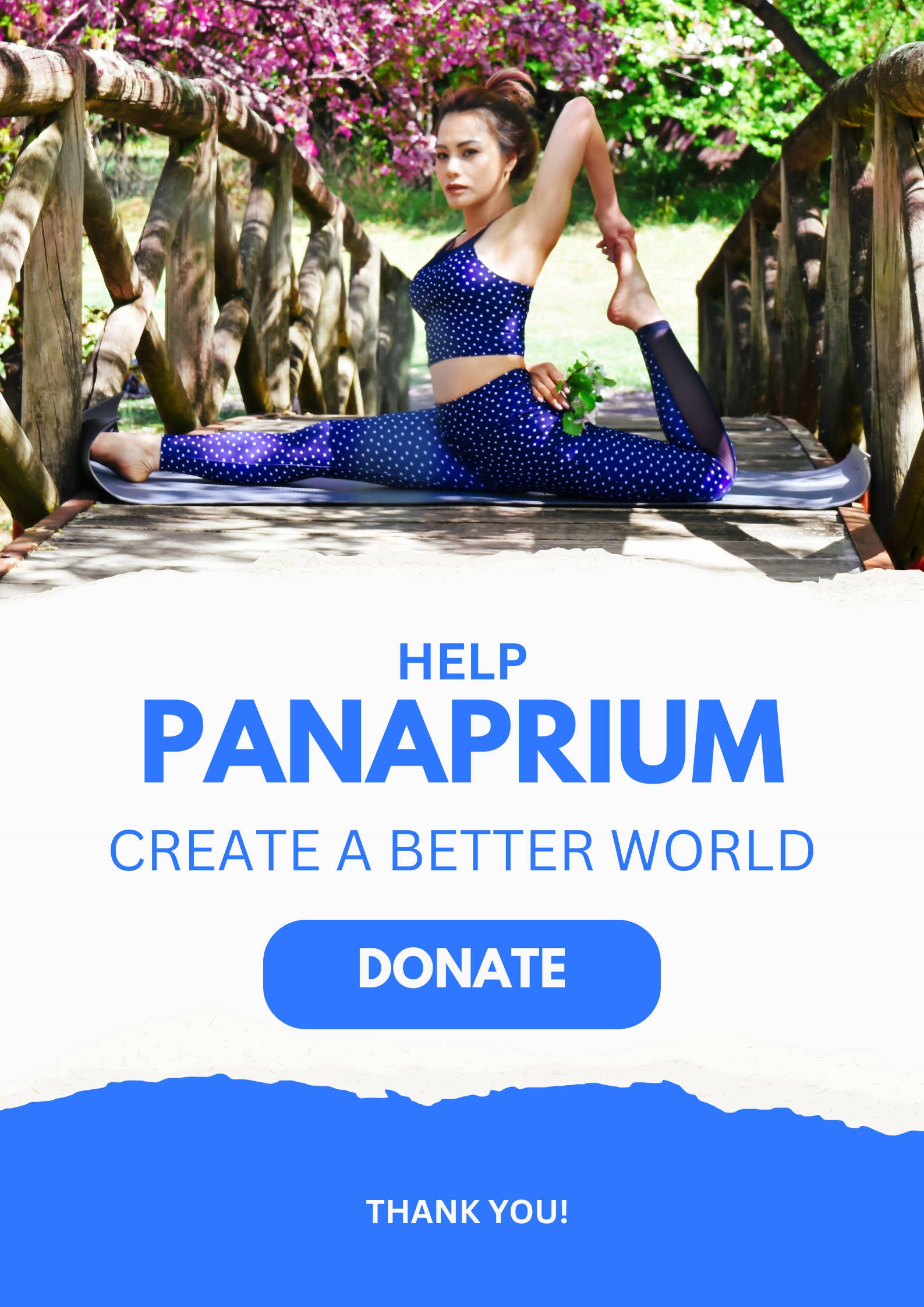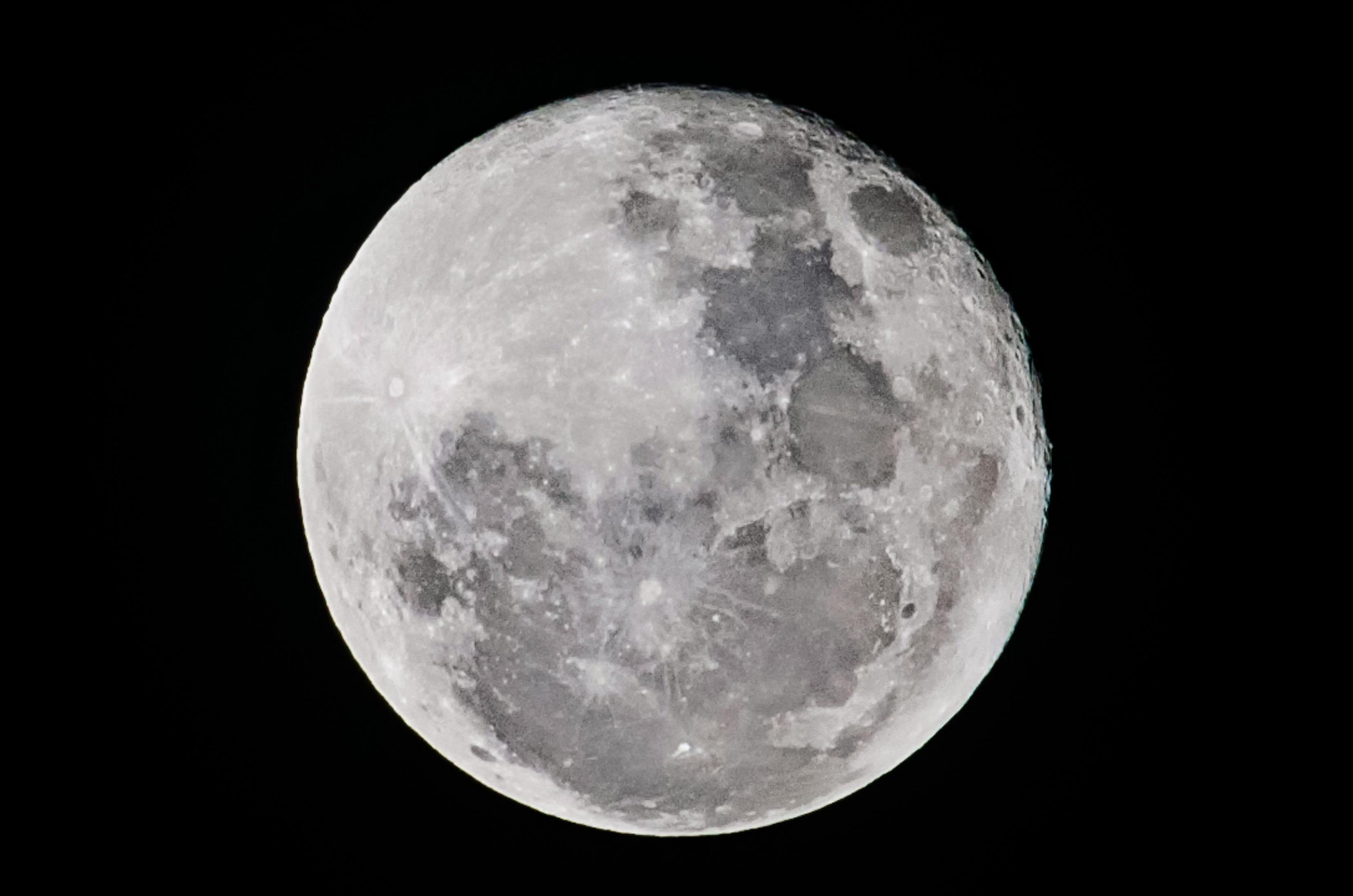
Discovering laundry detergent residue on your favorite clothing pieces is never fun. Thankfully, you can easily get rid of detergent stains and odors on your clothes and shoes with the right techniques.
Just make sure to use the following tips immediately so your items stay in good shape and you can keep wearing them for a long time.
If you need to deal with pesky spots from laundry products, these are super simple and proven ways to remove detergent stains after washing.
And read till the end for the best tips on how to prevent them from happening in the future.
Panaprium is independent and reader supported. If you buy something through our link, we may earn a commission. If you can, please support us on a monthly basis. It takes less than a minute to set up, and you will be making a big impact every single month. Thank you!
1. Wash with warm water

Laundry detergent may stick on your clothes when it isn't properly dispensed. Your laundry products should dissolve in water during the washing cycle.
But if they don't, try washing your clothing items again in moderately warm water. You can wash your detergent-stained clothes and shoes in the washer again but make sure you don't wash anything else with them.
Place them in the washing machine with a temperature of about 40 degrees Celsius (104 degrees Fahrenheit). Use a gentle cycle and avoid high spin speeds. Otherwise, the fabrics may become creased and the stains may expand to a wider area.
You can also wash them by hand in a basin. Just don't scrub stains vigorously. You could spread them and even damage the fabric permanently. Instead, work from the outside in gently dabbing the stain.
If you aren't satisfied with the result, you can start brushing them off with the following techniques.
2. Brush with soap

To eliminate laundry detergent stains on clothes, try brushing them with water and soap. Simply soak your items in hot water and soap for at least an hour. Then, brush the stained area gently.
Repeat the process until the stains are off. Water and soap are often enough to remove spots if they aren't exceptionally heavy.
Make sure to soak your clothes and shoes long enough but not too long as you risk damaging the fabrics. Delicate fabrics can only withstand lower water temperatures and softer soaps.
Some of the best soaps you can use are all-natural, package-free soaps made with organic oils, herbs, spices, plant butter, pure essential oils, and chemical-free ingredients.
Look for eco-friendly soaps that keep your laundry soft and comfy while eliminating plastic waste. Prefer plant-based ingredients and avoid any animal-based agents, parabens, phthalates, formaldehyde, phosphates, petroleum, or synthetic fragrance.
3. Soak in white vinegar

Another proven and easy way to remove detergent stains on clothes after washing is to soak them in a water-based vinegar solution.
You can make a very effective DIY cleaning product by mixing water with white vinegar. This all-natural, home-made cleaner can help you get laundry detergent stains out of clothes and shoes.
Using white vinegar to remove stains and odors is a plastic-free and less toxic way of taking care of your clothes since it eliminates unnecessary bottles of cleaner.
Vinegar is a great natural, homemade, affordable, and eco-friendly fabric cleaner and conditioner. It effectively eliminates common soapy residue and makes your clothes last longer.
If you don't want to make it yourself at home, you can also look for package-free cleaning products made of vinegar at farmer's markets or some grocery stores.
Depending on how strong the detergent stain is, use more or less vinegar mixed with hot water. Start with one cup of vinegar for four cups of water.
Then, increase the vinegar proportion if necessary. Be careful not to use too much vinegar as some fragile colors may fade.
White vinegar is a natural cleaner that will begin breaking down the detergent stains out of your apparel and footwear right away without damaging it.
Simply soak your items in a soaking basin with the vinegar solution for at least half an hour. Then use cold or moderately warm water and try to remove any remaining stain or odor on your garments by hand.
Don't worry, your clothes won't smell like vinegar. If you are worried about the odor, you can add an aromatic scent to the mixture using the essential oils of your choice.
Using scented vinegar in place of a traditional fabric cleaner will eliminate static, give a soft feel, and add a fresh scent to your clothes.
4. Use baking soda

Baking soda is another great way of getting detergent out of clothes. It's very effective against soapy residue, including detergent.
Simply make a solution of baking soda using four tablespoons per glass of water. Then, apply the mixture to the stained area gently and let it make its effects for at least an hour.
Baking soda neutralizes detergent on your clothing if you wait long enough. Make sure to let your clothing air dry. After a while, you can brush the baking soda off of the clothing. Then, cleanse and rinse the fabrics in water.
If the detergent stains and odors are still there, you need to repeat these steps until they are gone. Repeat the baking soda application, let your clothes or shoes soak for longer until the spots are fully removed.
5. Try coffee grounds

To remove detergent stains on clothes, you can also use coffee grounds. Coffee grounds have the same effects as baking soda. They can get rid of stains quite effectively.
Simply make a mixture of coffee grounds with hot water, apply it to the stained area, and let it soak for at least an hour. Once you're satisfied with the result, you can start brushing and washing them off.
6. Use a lemon cleaner

Another way of getting detergent stains out of clothes is to make a natural cleaner at home using orange or lemon peels or juice.
You can easily make an all-purpose, all-natural cleaner by mixing water with orange or lemon. Citrus fruits are very effective to eliminate stains. They also add a wonderful scent to your clothing.
You'll need one cup of fruit-based ingredients mixed with 3 cups of water. Make the cleaning solution, apply it to the stained area, and let it soak for at least half an hour.
7. Apply mineral oil

Mineral oil can also help you get rid of laundry detergent stains. Simply pour the colorless, odorless, light oily mixture directly on the stained area and rub gently.
Mineral oil is a common ingredient in many personal care products, such as baby oil. It comes in different forms (oils, gels, liquids) and can also be found in furniture polish, wood treatment products, and stainless steel cleaners.
You can use mineral oil as a pre-wash method for super easy stain removal. Simply dab a little bit of it on the stained area, let it soak and dry, then cleanse and rinse with cold water.
How to prevent laundry detergent stains
If you want to prevent laundry detergent stains on clothes from happening in the future, make sure to follow these recommendations when you do your laundry.
Use eco-friendly laundry detergents
Use eco-friendly laundry detergents to protect your clothes, your skin, and the environment. A lot of detergents contain toxic ingredients that endanger your health and the planet, such as plastics, bleaches, phosphates, formaldehyde, synthetic fragrances, benzene, and more.
The best affordable and eco-friendly laundry detergents replace the synthetic chemicals found in traditional soaps with natural and plant-based ingredients.
Don't use too much detergent
Detergents are commonly regarded as ultimate cleaning products. They are super practical and powerful to wash your clothes.
But don't use too much detergent to avoid stains in the future. Measure the right amount, liquid or solid. The amount of detergent you need depends on how many clothing pieces you plan to wash.
Read the instructions
Detergents stains often come from misuse or overuse. Many types of detergents offer instructions on how to use them correctly. Even half of the recommended dose is oftentimes enough to wash your clothes.
And some fabrics are very delicate and require special attention. So read the care instructions that can be found on the care tag.
Dissolve the detergent before washing
If you use hard water at home to wash clothes, some detergents won't dissolve and will stain your clothes. Hard water is water that has high mineral content, typically a lot of calcium and magnesium.
This hardness is largely due to groundwater that flows over or through limestone in some areas of the country. And a high mineral content makes it difficult for some powdered detergent to dissolve in water.
To prevent detergent stains on clothes after washing, try to dissolve the laundry products beforehand. In top-loading washing machines, simply fill the tub with water before adding clothes and mix vigorously.
Change fabric softeners
Adding a fabric softener can soften your clothing quite a lot and reduce static cling. Some even add a scent to your laundry. But it's optional though.
And fabric softeners sometimes taint your clothes. They can stain your items and leave a waxy residue that makes fabrics less absorbent.
In general, you should avoid fabric softeners for towels, and fragile, synthetic, and semi-synthetic fabrics, such as those used in athletic sportswear.
Use moderately warm water
Washing clothes in cold water has plenty of benefits. And you can safely put most garments, shoes, and accessories in the washing machine on the cold-water setting.
Technology in home appliances improved drastically over the last years. And detergents got a lot better, which means that washing clothing with cold water is now a viable option.
Cold water does the job for most fashion items, beddings, and linens to effectively refresh textiles that are too dirty.
However, some detergents won't dissolve properly in cold water and will stain clothes instead. So use moderately warm water with a temperature of about 40 degrees Celsius (104 degrees Fahrenheit).
Hot or warm water is still useful for sanitizing, eliminating bacteria, cleaning heavily soiled clothes, towels, underwear, and white garments that show dirt. But most of the time, cold or moderately warm water is preferable.
Wash the right amount of clothes
Don't wash too many or little clothes at the same time. If the washing machine is almost empty, it can be damaged. And if it's too full, you may observe stains on your clothes.
Instead, fill the washer between two-thirds and three-quarters. A full washer won't give you the best cleaning results. To ensure a better wash, fill the washing machine the right amount. Not too little, not too much.
And make sure your clothes aren't tangled together. It's best to place each item in the washer one at a time.
Wash your clothes inside out
Washing your clothes inside out is crucial to keep your favorite pieces in great shape. It preserves their vibrant colors, prevents dye-bleeding, and protects the visible sides from detergent stains.
Turn your clothes inside out before washing to expose the dirtiest parts of your garments and avoid odor retention.
Make sure to secure zippers that could snag. Open buttoned shirts, cuff, and collars as well to prevent them from ripping the buttonholes.
Air-dry your clothes
Many people notice stains on their clothes once they are dried. High temperatures in the washer or dryer can taint your clothes.
To save money on electrical bills, reduce carbon emissions, ensure your clothes last longer, and avoid accidents, air-dry your clothes whenever you can.
The dryer not only consumes an absurd amount of energy to produce heat but also can damage your clothes. It even may cause fires if not properly maintained or used inappropriately.
You can lay your garments down on a towel for a while, then flip them over. Or you can hang them up on a hanger or drying rack to help them dry naturally.
!!! Warning !!!
Don't use any rubbing alcohol if you aren't sure that your clothes will withstand the product. The risks far outweigh the benefits in most cases, so only use it with caution.
Rubbing alcohol is an effective way of removing stains. However, many fabrics are delicate and don't do well with alcohol, including wool, silk, and semi-synthetic fabrics like rayon, viscose, modal, lyocell, acetate, cupro.
Avoid any chlorine-based detergent, acetone, and organic solvents as well since they can ruin your clothes. They will dissolve and melt many types of fibers and dyes and cause irreversible damage to your clothes or shoes.
All of these substances are highly flammable, easily escape in the open air, and are very dangerous. Flammable fumes in an unventilated area are dangerous combustible.
Was this article helpful to you? Please tell us what you liked or didn't like in the comments below.
About the Author: Alex Assoune
What We're Up Against
Multinational corporations overproducing cheap products in the poorest countries.
Huge factories with sweatshop-like conditions underpaying workers.
Media conglomerates promoting unethical, unsustainable products.
Bad actors encouraging overconsumption through oblivious behavior.
- - - -
Thankfully, we've got our supporters, including you.
Panaprium is funded by readers like you who want to join us in our mission to make the world entirely sustainable.
If you can, please support us on a monthly basis. It takes less than a minute to set up, and you will be making a big impact every single month. Thank you.































0 comments